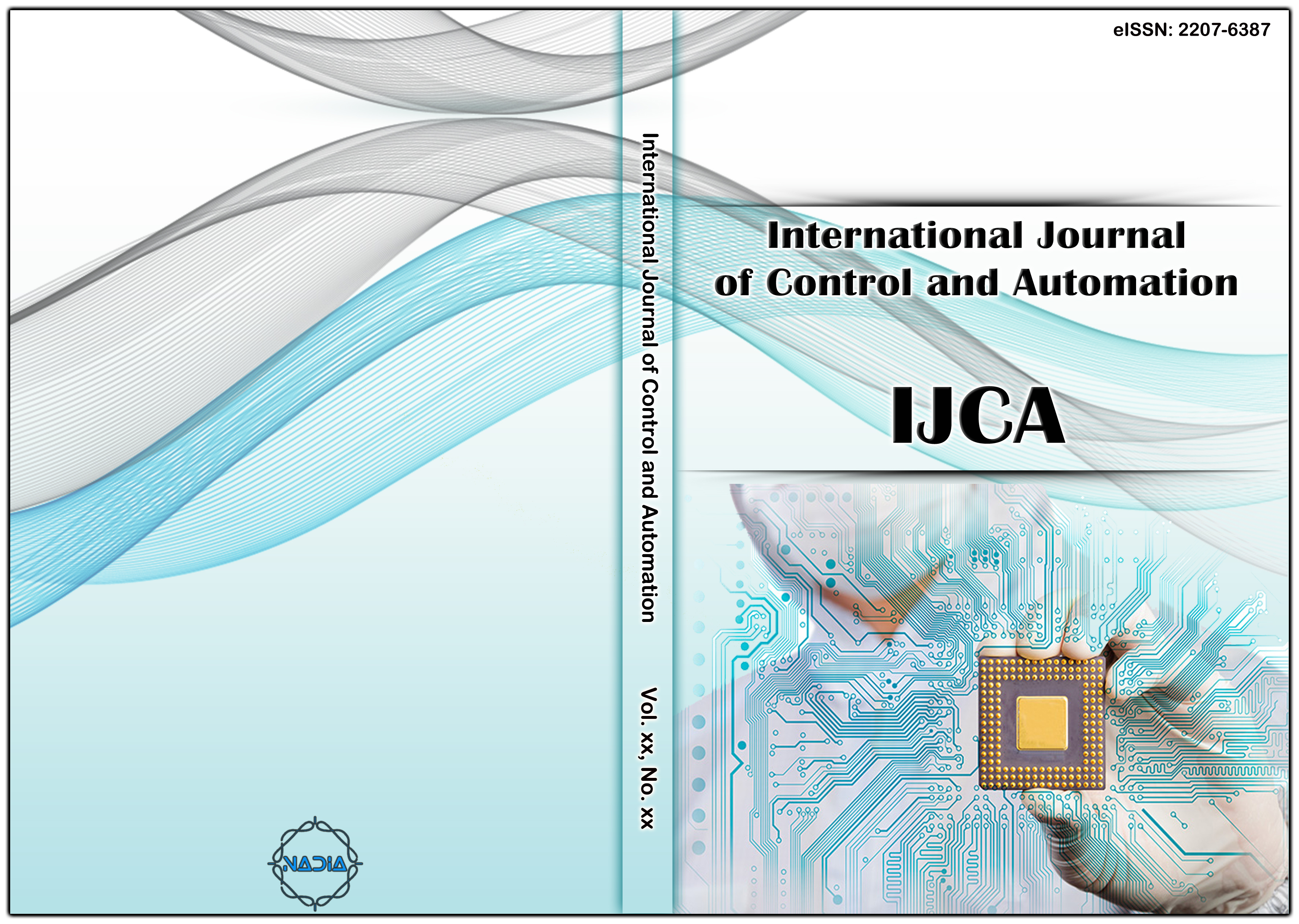[1] Barreno, M, Nelson, M, Joseph A.D, "The security of AI," Machine Learning, vol. 81, no. 2, pp. 121–148, Nov 2010.
[2] Liao, X, Ding, L, and Wang, Y, "Secure AI, a short diagram," in 2011 Fifth International Conference on Secure Software Integration and Reliability Improvement - Companion, Jun 2011, pp. 26–29.
[3] Kearns, M, "Learning within the sight of pernicious blunders," SIAM Journal on Computing, vol. 22, no. 4, pp. 807–837, 1993.
[4] Zhang, D, Chen, X, Wang, D, "An overview on community profound learning and protection saving," in 2018 IEEE Third International Conference on Data Science in Cyberspace (DSC), Jun 2018, pp. 652–658.
[5] Shamir, A, "Personality based cryptosystems and mark plans," in Advances in Cryptology, Blakley, G. R and Chaum, D, Eds. Berlin, Heidelberg: Springer Berlin Heidelberg, 1985, pp. 47–53.
[6] Boneh, D and Franklin, M, "Character based encryption from the weil blending," in Advances in Cryptology — CRYPTO 2001, J. Kilian, Ed. Berlin, Heidelberg: Springer Berlin Heidelberg, 2001, pp. 213–229.
[7] Shamir, A, "Character based cryptosystems and mark plans," in Advances in Cryptology, Blakley, G. R and Chaum, D, Eds. Berlin, Heidelberg: Springer Berlin Heidelberg, 1985, pp. 47–53.
[8] Murphy, K. P, Machine Learning: A Probabilistic Perspective. The MIT Press, 2012.
[9] Bethencourt, J, Sahai, A, and Waters, B, "Ciphertext-strategy characteristic based encryption," in Proceedings of the 2007 IEEE Symposium on Security and Privacy, ser. SP '07. IEEE Computer Society, 2007, pp. 321–334.
[10] Balfanz, D, Durfee, G, Shankar, N, Smetters, D, Staddon, J, and Wong, H. C, "Mystery handshakes from matching based key understandings," in Security and Privacy, 2003.Symposium on, May 2003, pp. 180–196.
[11] Castelluccia. C, Jarecki. S, and Tsudik. G, "Brief declaration: Secret handshakes from ca-careless encryption," in Proceedings of the Twenty-third Annual ACM Symposium on Principles of Distributed Computing, ser. PODC '04. NY, USA: ACM, 2004, pp. 394–394.
[12] Waters. B, "Cipher text-arrangement property based encryption: An expressive, efficient, and provably secure acknowledgment," in Proceedings of the fourteenth International Conference on Practice and Theory in Public Key Cryptography Conference on Public Key Cryptography, ser. PKC'11. Berlin, Heidelberg: Springer-Verlag, 2011, pp. 53–70.
[13] LeCun. Y and Cortes. C, "MNIST written by hand digit database," 2010.
[14] Exhaust. P, Vanhoucke.V, Vasudevan.V, Vie'gas.F, and Zheng.X, "TensorFlow: Large-scale AI on heterogeneous frameworks," 2015, programming accessible from tensorflow.org. [Online]. Accessible: https://www.tensorflow.org/
[15] Oliphant. T, "NumPy: A manual for NumPy," USA: Trelgol Publishing, 2006.
